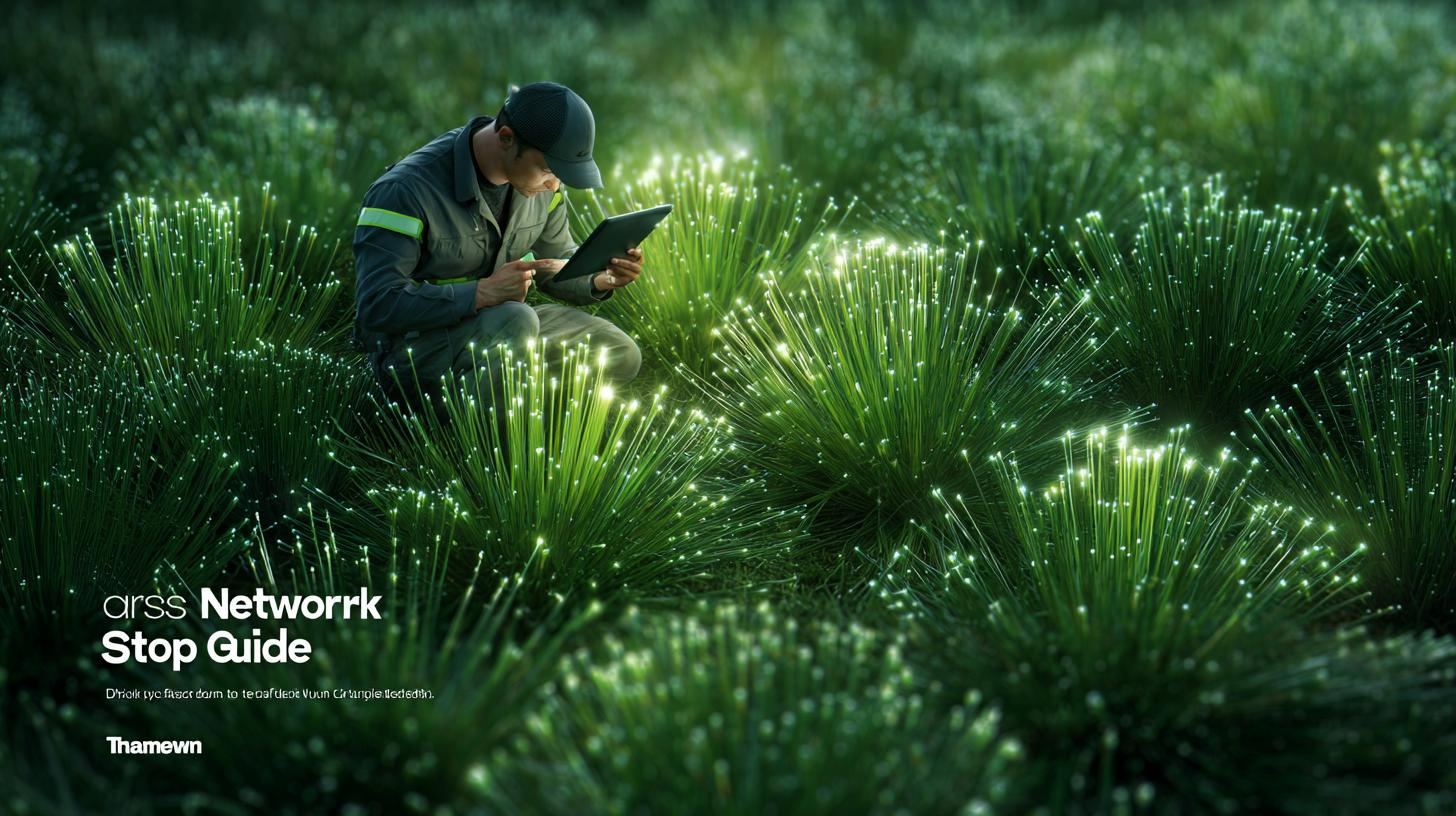Ultimate Grass Network Setup Guide for Seamless Connectivity
Welcome to the ultimate grass network setup guide, your one-stop resource for designing and deploying a robust ground-level network that delivers reliable connectivity across lawns, sports fields, and campus quads. Whether you’re an IT professional tasked with expanding outdoor Wi-Fi coverage or a campus facilities manager exploring innovative infrastructure, this article will walk you through every step of the process. You’ll discover best practices for trenching, cabling, and device configuration, as well as expert tips to maximize performance and prevent common pitfalls. By the end, you’ll be equipped with the knowledge to transform your grassy areas into high-performance network zones. So grab your shovel, cable tester, and a notepad—let’s dig in and build a network that thrives under the sun and rain!
Understanding Grass Network Basics
What Is a Grass Network?
A grass network refers to an outdoor data network installed at ground level, often beneath turf or artificial grass, to support Wi-Fi access points, security cameras, and IoT sensors. Unlike traditional overhead or indoor wiring, underground or slab-laid network cabling offers protection from weather and tampering. Grass networks are ideal for stadiums, university quads, parks, and smart agriculture systems. By embedding fiber or copper lines beneath the surface, you ensure clean aesthetics while delivering uncompromised bandwidth to your devices.
Key Components You Need
Before starting your grass network setup guide, gather these essential components:
- Network switch with PoE (Power over Ethernet) ports
- Outdoor-rated Ethernet or fiber optic cable
- Weatherproof junction boxes and conduit
- Directional or omnidirectional antennas, depending on coverage needs
- Cable management clips, splice kits, and grounding rods
- Trenching tools: shovel, trenching machine, or vibratory plow
- Cable tester and network analyzer
Step-by-Step Grass Network Setup Guide
Planning Your Layout
Begin by mapping out your coverage area on grid paper or digital software. Identify locations for access points and cable runs, marking underground utilities to avoid accidental damage. Ensure optimum spacing—generally 100 to 150 feet between antennas for 2.4 GHz deployments. Document cable lengths, elevation changes, and entry points into buildings or equipment closets. A well-thought-out plan reduces rework and keeps budgets in check.
Installing the Ground Infrastructure
Trenching and Conduit
Dig trenches at least 18 inches deep to meet local regulations and prevent accidental disruption. Lay a bed of sand or fine gravel to cushion cables, then install rigid or flexible conduit to shield against soil pressure and pests. Label each conduit section for future maintenance. Backfill carefully, compacting soil in layers to avoid settling.
Fiber Optic vs. Copper Cables
Choosing between fiber and copper depends on distance, bandwidth requirements, and budget. Fiber offers gigabit speeds over miles with immunity to electromagnetic interference—ideal for large campuses. Copper is cost-effective for runs under 300 feet and provides PoE convenience. Consider hybrid solutions: fiber backbone with copper drops to individual access points.
Configuring Your Network Devices
Once cables are in place, terminate connections in weatherproof junction boxes or patch panels. Use RJ45 crimps or fusion splices for clean, low-loss joins. Connect switches indoors or in outdoor-rated enclosures with proper ventilation. Assign static IPs to critical devices and configure VLANs to segment guest and administrative traffic. Conduct a speed test and check link lights to confirm successful connections.
Top Tips for Optimizing Performance
Monitoring and Maintenance
Regularly inspect junction boxes, cable entry points, and antenna mounts for moisture or damage. Deploy a network monitoring solution—such as PRTG or Nagios—to track packet loss, latency, and signal strength. Schedule quarterly site walks to verify labeling, clear debris, and test failover paths. Proactive maintenance prevents downtime and extends equipment life.
Enhancing Signal Strength
Use directional antennas to focus coverage over walkways or spectator areas. Adjust antenna tilt and azimuth angles according to heatmaps generated by tools like Ekahau. Shield cables from direct sunlight using UV-resistant conduit and secure them to prevent movement. When possible, elevate access points on low-profile posts or building edges to clear obstacles.
Troubleshooting Common Grass Network Challenges
- Intermittent Connectivity: Check for water intrusion in junction boxes and test cable continuity.
- Signal Interference: Relocate antennas away from metal structures and avoid overlapping channels.
- Cable Damage: Inspect trenches for rodent activity and reinforce conduit sections if needed.
- Slow Throughput: Verify switch configurations, update firmware, and review QoS settings.
With this grass network setup guide in hand, you’re ready to deploy a resilient, high-speed outdoor network that meets your organization’s demands. Whether you’re covering a soccer field, research farm, or corporate courtyard, following these best practices will ensure smooth installation and long-term reliability. Ready to take the next step? Visit our resource center for detailed templates, equipment recommendations, and expert support to launch your grass network project today!


Comments are closed